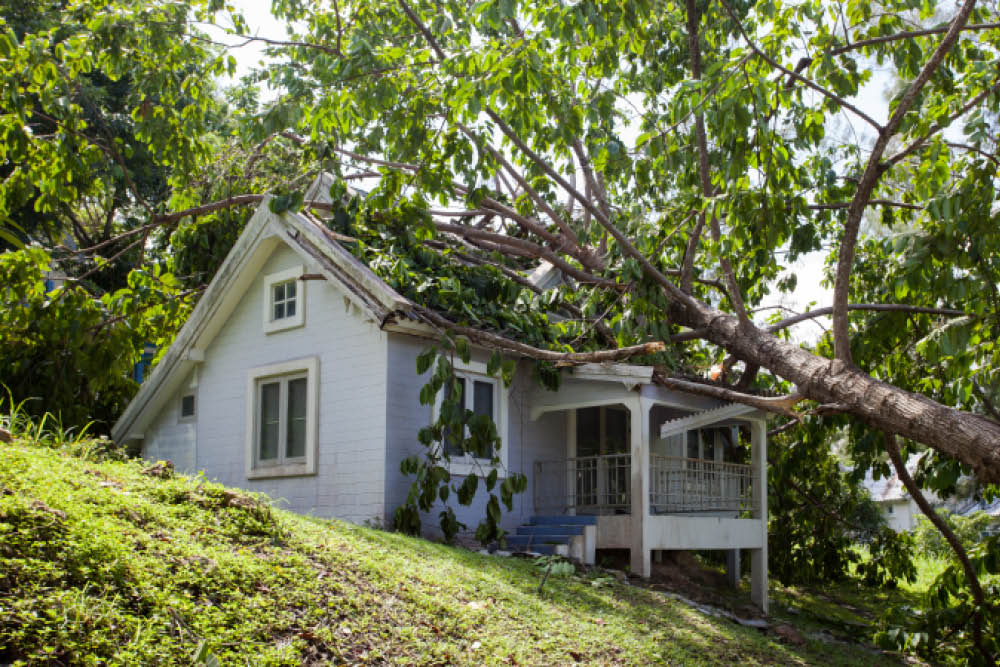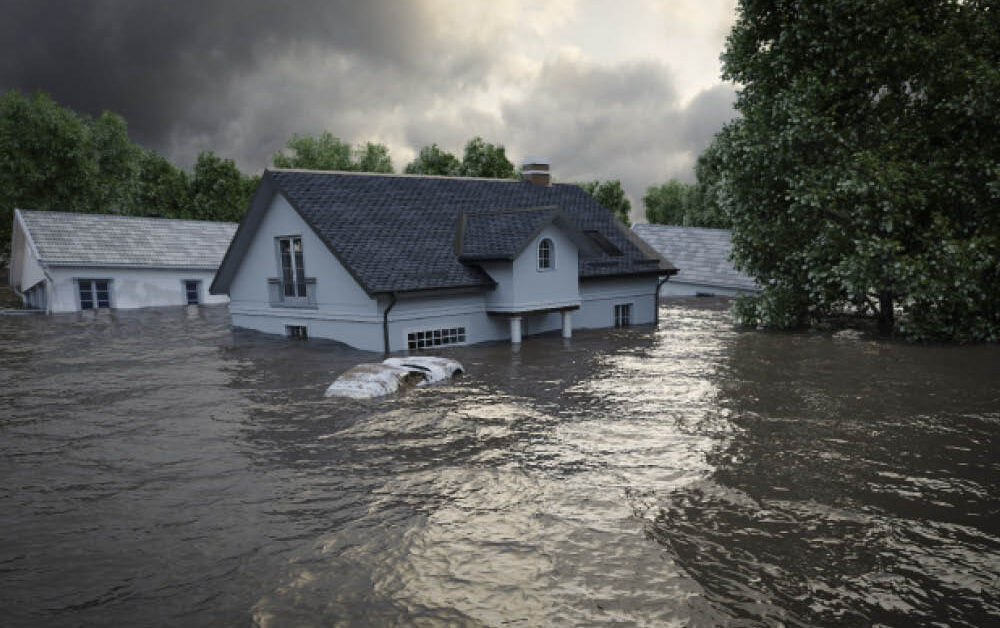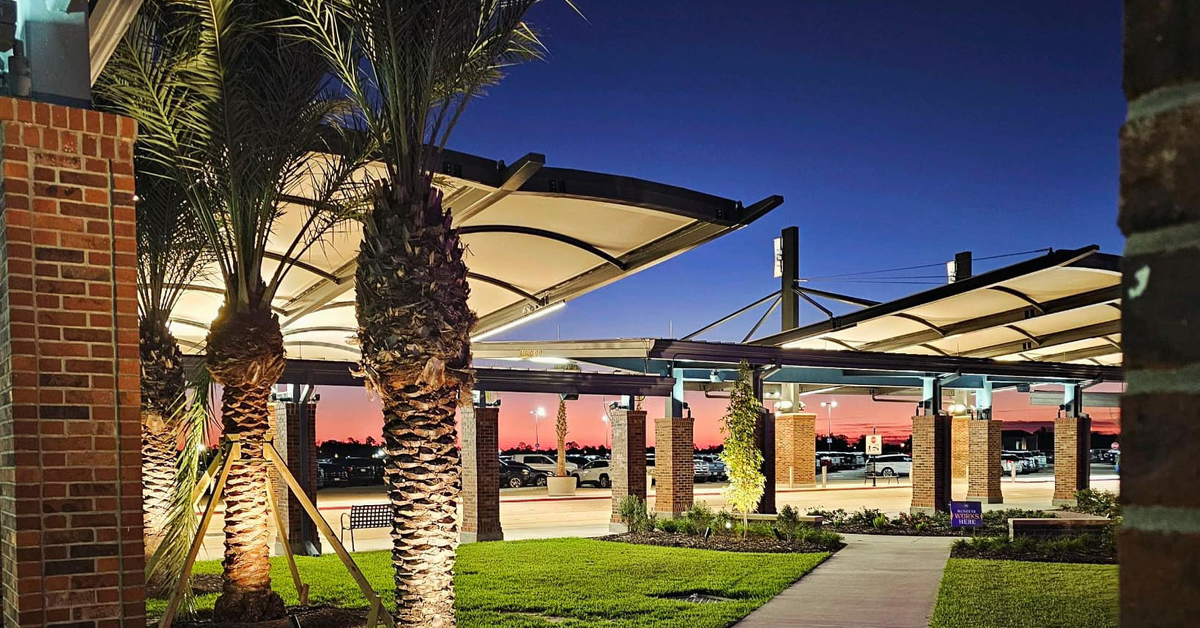
Winter Weather & Varicose Veins
January 2021
In the Market for a New Homeowners Insurer? What You Need to Know
January 2021by Stefanie Powers
Hurricanes Laura and Delta taught us some serious lessons. As we navigate the murky waters of our homeowners insurance claims, we realize that there are a lot of things we should have done beforehand to make the claims process easier.
Ross Byrley of Shelter Insurance offers some helpful tips for next time. Be prepared!
Before Hurricane Season
Many people had issues because they weren’t sure what their policy covered. “Make sure you sit down with your agent for a full policy review to include auto, home, boat, and flood insurance,” Byrley says. “Don’t wait until the last minute because there is a point in time, when the storm is approaching, that insurance companies are no longer allowed to write business or make changes to policies.”
Also, consider purchasing flood insurance if you don’t already have a policy, but remember, it takes 30 days to go into effect.
Buy a generator if you don’t already have one. If you do, get it checked out before storm season. Have at least five full gas cans on hand to run generators and to put in your car.
Before Evacuating
“Put together a file/folder that includes pertinent policy information such as declaration pages, agency contact information and claims department contact information,” Byrley says. “And take photos of the exterior and interior of your home. Include ALL rooms and closets.”
Empty fridges/freezers to lessen food spoilage and unplug all appliances and electronics. Bring all outdoor items inside or secure as best as possible. Lift everything off the floor as high as you can, just in case your house does flood in the storm. If you have a garage door and are leaving a vehicle behind, back it up against the door to keep it from blowing in. Turn off main breaker when you leave.
While Evacuated
Save all evacuation receipts from the date of mandatory evacuation through the date it is lifted, or the date you return home, whichever is first. Keep evacuation expenses reasonable. If possible, do not return home until it is safe to do so.
When Making a Claim
“Try to wait until you know the extent of your damage to turn in a claim,” Byrley says. “This helps to better prioritize your claim so that your insurer can assess those that have the most severe damage first.”
Aim to be as descriptive as possible when turning in a claim. If major issues arise after the claim was turned in, call your insurance company as soon as you can and update them. Keep a file that includes your claim number for each item damaged, whom you have spoken with, along with the date and time of interaction.
“If you have any issues or problems don’t panic,” Byrley advises. “Remember, your agent is on your side and is there to help. Contact them with any issues you have.”






